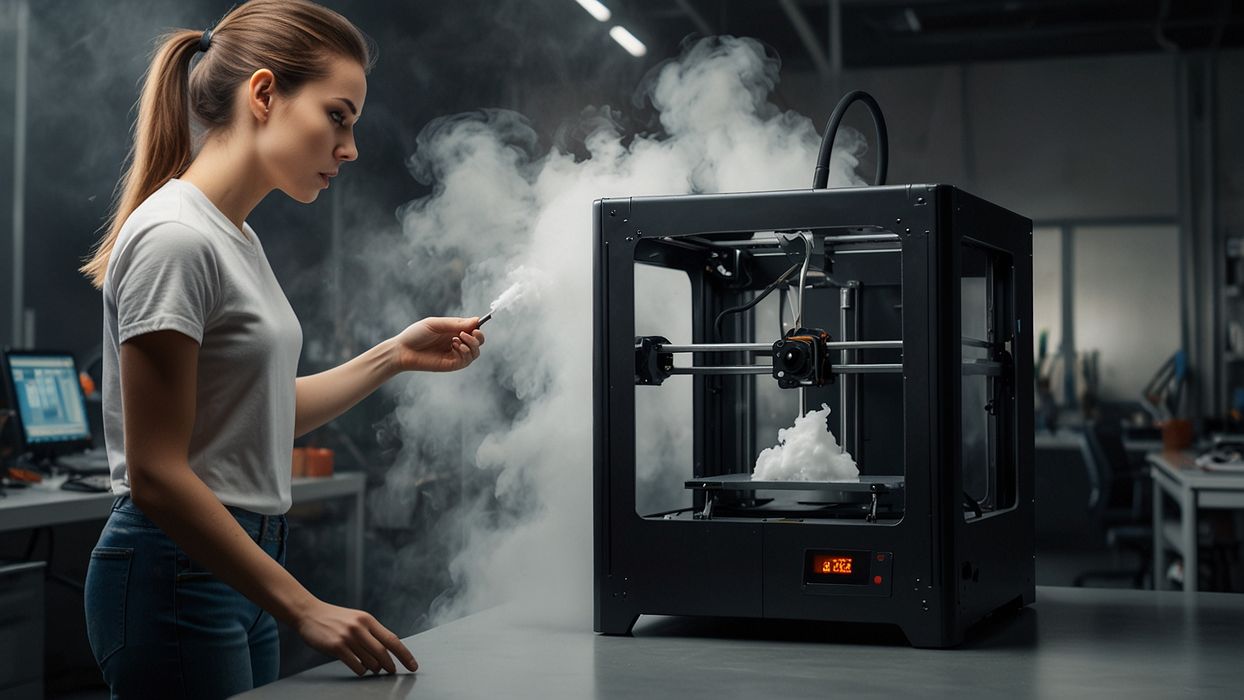
I was reading about someone’s struggle with a thermal runaway and realized many new 3D printer operators may not have heard of the condition.
Long-time 3D printer operators will be very familiar with thermal runaway conditions as they were all-too-often something that would actually happen when using a 3D printer.
In fact, the earliest desktop FFF 3D printers did not even have a thermal runaway detection mechanism, which turned out to be a very bad thing.
What is a thermal runaway? There are several situations where it could occur, but the primary one is pretty easy to understand.
Let’s think about what is happening at the hot end. The 3D printer is running a job, and at a particular step the hot end temperature is to be set to, say 200C. Energy is applied to the heater block, which begins to warm. Meanwhile, there is a thermistor attached to the heater block to detect the temperature.
The idea is that when the desired temperature is detected, then the firmware stops supplying energy to the heater block. If the block cools beyond a threshold, a short burst of energy brings the temperature back up.
But what happens if the thermistor is reading incorrectly? What if it tells the firmware that the temperature is 100C, when it is actually something different?
The worst case scenario occurs when the firmware blindly keeps the heater on waiting for the temperature to rise — but it never does. Eventually the physical temperature of the heater block exceeds the target temperature and goes way beyond. At that point you might see the plastic components nearby to soften and melt, and if there is any combustible material nearby, you could start a fire.
This has actually occurred, many times. In years past the most notorious machine was the ANET A8 machine, which originally had been shipped without a firmware thermal runaway system. ANET subsequently turned on thermal runaway protection on their equipment, but now seems to be shut down.
In one case that I recall, one of these machines caught fire and ignited hairspray that had been used for print plate adhesion. This fire then ignited a nearby store of magician’s flash paper, burning down a house and causing a death due to smoke inhalation.
After that and similar incidents, thermal runaway protection became a de facto standard among desktop FFF 3D printer manufacturers. Many would list it as a feature on their spec sheets, trying to reassure buyers.
These days it isn’t mentioned, but is present in all desktop FFF 3D printers. You may even see it occur on your machine, and that always means there is something wrong with the thermal systems, such as a broken thermistor. It can also mean other unexpected thermal events have occurred, but in each case you had better look at the hardware before proceeding.
Thermal runaway protection: keeping you safe since 2015.
